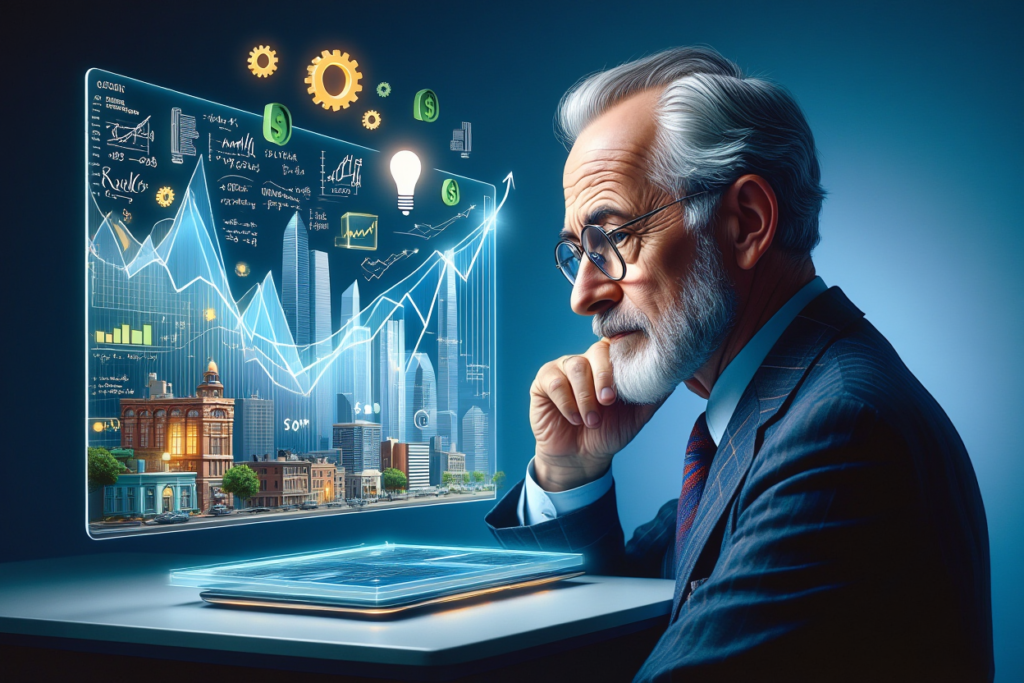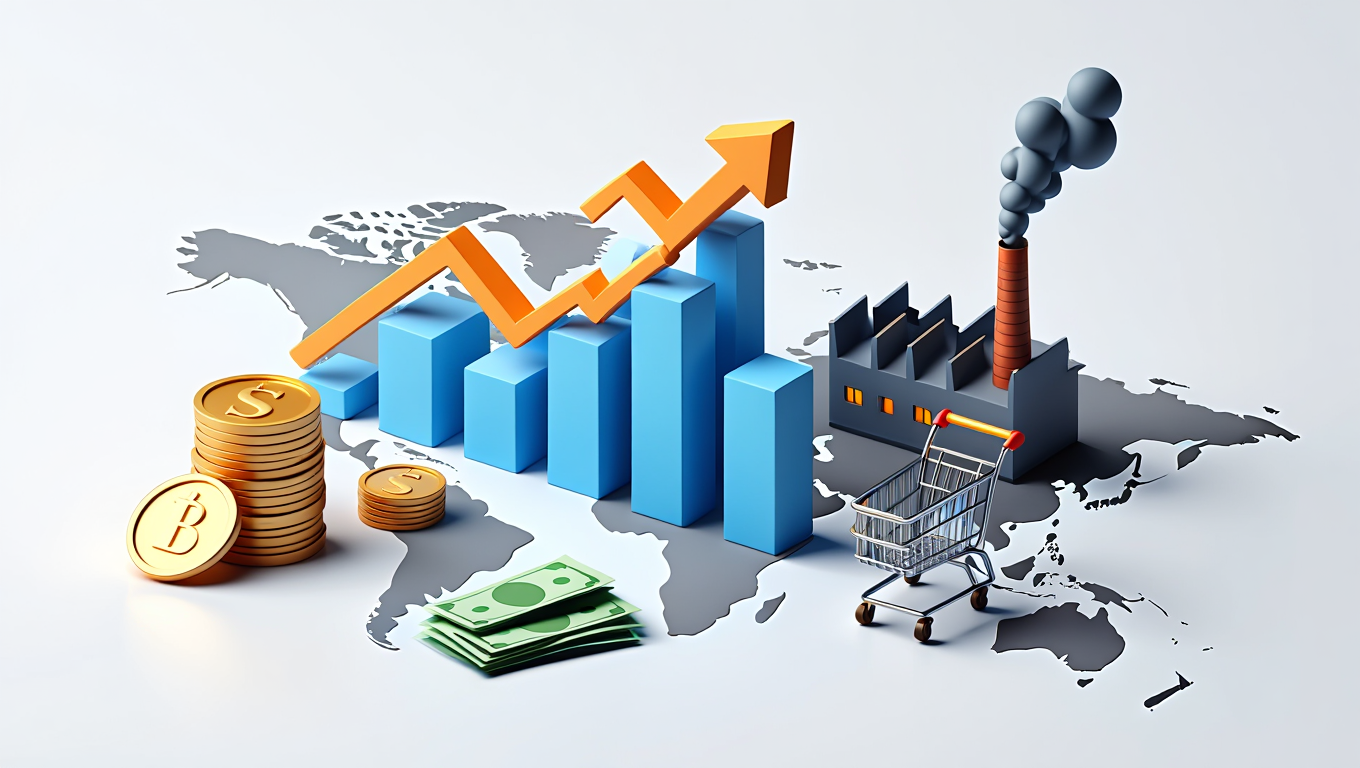MICROCONOMICS
Definition of Economics
Economics is the study of how individuals, businesses, and governments allocate limited resources to satisfy unlimited wants. It helps in understanding decision-making, resource distribution, and economic policies.
Popular Definitions of Economics:
1. Adam Smith (Wealth-Oriented Definition)

- “Economics is an inquiry into the nature and causes of the wealth of nations.”
- Focus: Wealth creation and accumulation.
- Limitation: Ignores human welfare and social aspects.
- Example: Countries like the USA and China focus on industrial production and global trade to increase wealth.
- Limitation: Only considers wealth and ignores human welfare.
2. Alfred Marshall (Welfare-Oriented Definition)

“Economics study of mankind in the ordinary business of life. It examines how a person earns income and how he spends it.”
Focus: Both wealth and human well-being.
Limitation: Overlooks resource scarcity and future planning.is the
- Example: A government increasing healthcare spending to improve the quality of life for citizens.
- Limitation: Ignores the scarcity of resources and economic growth
.
3. Lionel Robbins (Scarcity & Choice Definition)

“Economics is the science which studies human behavior as a relationship between ends (wants) and scarce means (resources) which have alternative uses.”
Focus: Scarcity, choice, and opportunity cost.
Limitation: Ignores social and ethical considerations.
Example:
- A country must choose between spending on education or defense because resources are limited.
- A farmer with limited land must decide whether to grow wheat or rice.
Limitation: Does not consider social welfare and ethical aspects.
4. Paul Samuelson (Growth-Oriented Definition)

“Economics is the study of how societies use scarce resources to produce valuable goods and distribute them among different people.”
- Focus: Economic growth, production, and distribution.
- Strength: A more comprehensive definition, considering future development.
Example:
- The Indian government investing in infrastructure to boost economic development.
- Strength: A broader definition that includes future planning and sustainability.
- A company deciding how to divide profits among workers, research, and expansion.
Key Concepts in Economics
(i) Scarcity and Choice
- Resources (land, labor, capital) are limited, but human wants are unlimited.
- Example: A student must decide how to spend free time – studying or watching TV.
(ii) Opportunity Cost
- The next best alternative forgone when making a choice.
- Example: If you choose to buy a laptop instead of a bike, the bike is the opportunity cost.
(iii) Production, Distribution, and Consumption
- Production: How goods and services are created. (Example: A bakery making cakes.)
- Distribution: How goods reach consumers. (Example: Online shopping platforms delivering products.)
- Consumption: How people use goods and services. (Example: Buying and eating food.)
Conclusion
Economics is not just about money; it’s about decision-making, resource management, and improving human life. It applies to everything from business strategies to government policies and even personal finances!
Economics is everywhere! Understanding economics helps in:
Making better financial decisions (saving, investing).
Understanding market trends (inflation, unemployment).
Running businesses efficiently (pricing, production).
Government policymaking (taxation, public welfare).
Nature of Economics – Detailed Explanation
Economics is the study of how individuals, businesses, and governments allocate scarce resources to satisfy unlimited wants. It analyzes decision-making, market dynamics, and economic policies that shape societies.
The nature of economics refers to its characteristics, scope, and methodology. It explains whether economics is a science or an art, whether it is positive or normative, and whether it is a micro or macro discipline.
1. Economics as a Science
Economics follows systematic principles, collects data, and makes predictions like other sciences. However, because it deals with human behavior, it is classified as a social science, not a natural science like physics or chemistry.
Is Economics a Science?
A science must have:
- A structured body of knowledge
- Laws and theories based on observation
- Cause-and-effect relationships
Economics fulfills these criteria because it studies relationships such as:
- The Law of Demand – When prices decrease, demand increases (if all other factors remain constant).
- The Law of Diminishing Marginal Utility – The satisfaction from consuming an additional unit of a good decreases over time.
Example:
- When the price of petrol rises, people drive less or look for alternative transport.
- When interest rates increase, people borrow less and save more.
Limitations of Economics as a Science
- Unlike natural sciences, economics cannot conduct controlled experiments because human behavior is unpredictable.
- The same economic policy may work in one country but fail in another due to cultural, political, and social differences.
Example:
- A tax cut may boost spending in the USA but not work in Japan due to different consumer habits.
2. Economics as an Art
Economics is also an art because it applies theoretical knowledge to solve real-world problems. Governments, businesses, and individuals use economic theories to make decisions, plan policies, and predict future trends.
Example:
- Government Planning: The Reserve Bank of India (RBI) changes interest rates to control inflation.
- Business Strategy: Companies set prices based on supply and demand trends.
Conclusion: Economics is both a science (studying principles) and an art (applying those principles).
3.Economics as a Positive and Normative Science
~Positive Economics (Fact-Based, Objective)
- Deals with facts, observations, and analysis without opinions.
- Answers “What is?”
Examples:
- “India’s GDP grew by 7% last year.” (A fact)
- “Unemployment in the country is 6%.”
Importance: Helps policymakers and businesses analyze real-world data.
Normative Economics (Opinion-Based, Subjective)
- Involves value judgments and policy recommendations.
- Answers “What should be?”
Examples:
- “The government should increase spending on education.”
- “The rich should be taxed more to reduce income inequality.”
Importance: Helps in decision-making and setting future policies.
Key Difference:
- Positive Economics describes reality.
- Normative Economics suggests improvements.
4. Microeconomics and Macroeconomics
Microeconomics – Study of Individuals and Firms
Microeconomics focuses on individual consumers, firms, and industries. It studies how people and businesses make decisions based on prices, demand, and supply.
Examples:
✔ How Apple sets the price of iPhones.
✔ How consumers decide between tea and coffee.
✔ How a firm decides the number of workers to hire.
Key Topics:
✔ Demand & Supply
✔ Market Structures (Monopoly, Competition)
✔ Pricing Strategies
Macroeconomics – Study of the Economy as a Whole
Macroeconomics examines large-scale economic issues affecting an entire country or the world.
Examples:
✔ How inflation affects purchasing power.
✔ How government policies control unemployment.
✔ How economic growth impacts national income.
Key Topics:
✔ GDP (Gross Domestic Product)
✔ Inflation & Deflation
✔ Fiscal & Monetary Policies
Key Difference:
- Microeconomics = Individual and firm-level decisions.
- Macroeconomics = Economy-wide trends and policies.
5. Economics as a Social Science
Since economics studies human behavior, it is considered a social science like political science and sociology.
Why?
✔ It studies how people earn, save, spend, and invest money.
✔ It analyzes how governments create policies to influence the economy.
✔ It helps understand how businesses respond to market changes.
Examples:
- Why do people prefer online shopping over traditional shopping?
- How does social media influence consumer spending?
- Why do some countries develop faster than others?
Conclusion: Economics is a science (it follows systematic study), an art (it applies principles), and a social science (it studies human behavior).
6.Is Economics a Pure or Applied Science?
Pure Science:
- Focuses on theoretical knowledge and economic laws.
Example: Law of Supply & Demand.
Applied Science:
- Uses economic theories to solve real-world problems.
Example: Government policies to reduce unemployment.
Conclusion: Economics is both pure and applied – it studies theories and applies them in real life.
7.Why is Economics Important?
✔ For Individuals – Helps in personal finance decisions (saving, investing, spending).
✔ For Businesses – Helps in pricing, marketing, and production strategies.
✔ For Governments – Helps in taxation, budgeting, and economic policies.
Examples:
- Understanding inflation helps individuals plan savings.
- Studying demand and supply helps businesses set prices.
- Governments use macroeconomic policies to boost economic growth.
Conclusion – Nature of Economics in a Nutshell
✅ Economics is a science (systematic study) and an art (practical application).
✅ It is both positive (fact-based) and normative (opinion-based).
✅ It is both micro (individual level) and macro (economy-wide).
✅ It is a social science that studies human behavior.
✅ It is both pure (theoretical) and applied (practical problem-solving).
